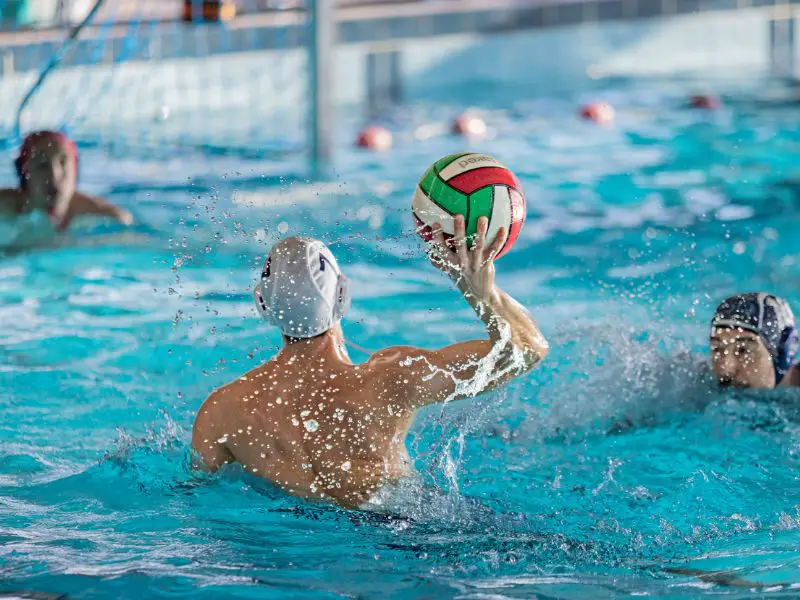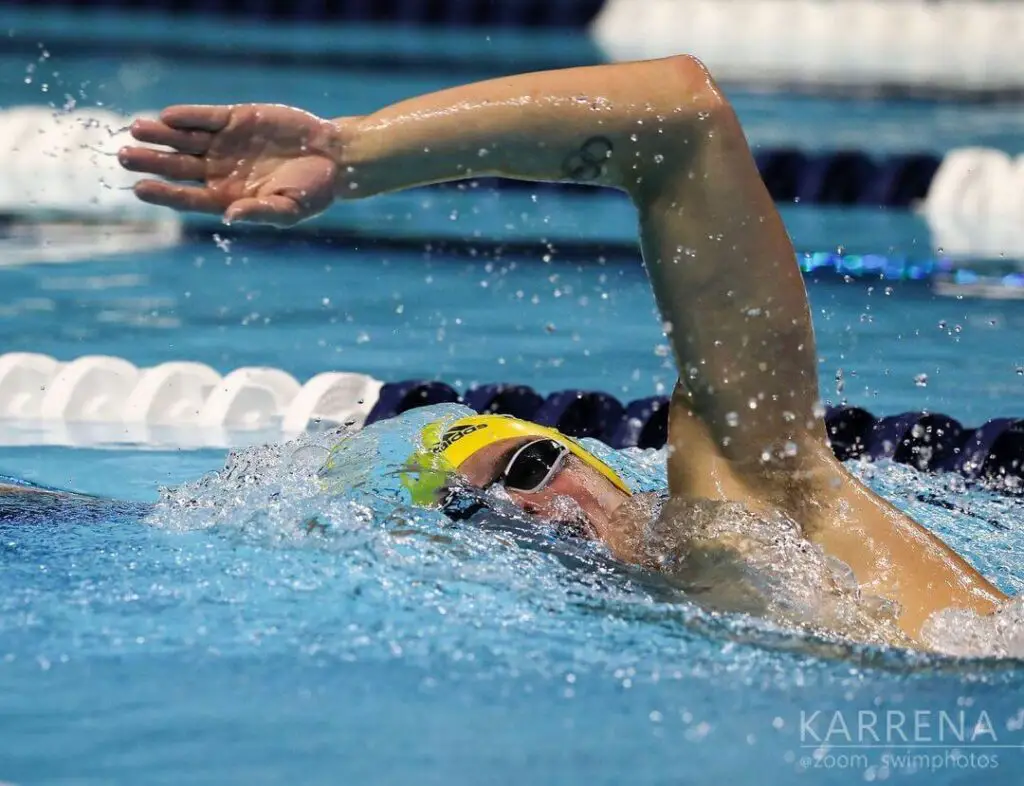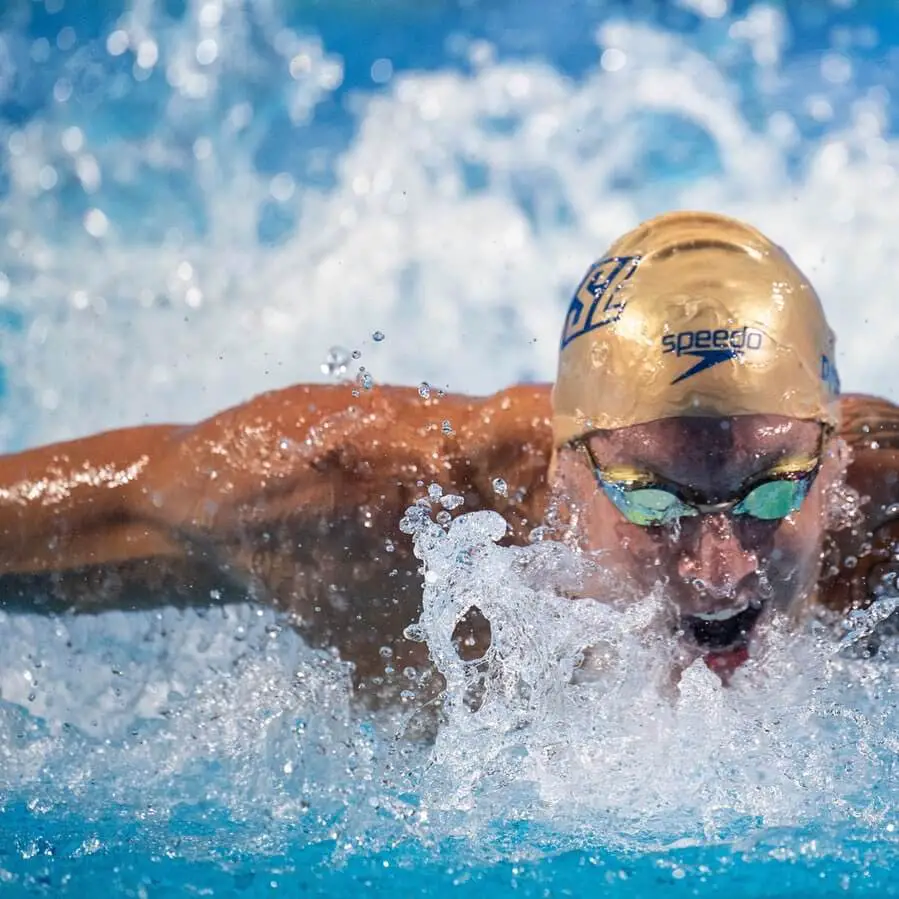When people think of difficult sports, they often consider football, rugby, or marathon running. However, water sports present an entirely different set of challenges.
From battling currents and maintaining buoyancy to mastering technique and building endurance, water sports push athletes to their limits.
Whether it’s the fierce physical exertion or the need for precise control in unpredictable environments, some water sports stand out for their difficulty.
In this article, we’ll break down several of the hardest water sports and determine which one takes the crown.
Read More: Hardest Sport
Why Are Water Sports So Challenging?
Water sports, unlike land-based activities, present a unique environment where athletes must contend with a range of variables: the water itself, changing weather conditions, and sometimes, even marine life.
The body must move efficiently in water, which is much denser than air. This added resistance requires extra strength, endurance, and fine motor skills.
On top of that, the water’s buoyancy forces athletes to maintain their balance and coordination in ways they wouldn’t have to on land.
The Key Factors That Make a Water Sport Hard
Several factors contribute to the difficulty of a water sport. Let’s examine the most important:
- Physical Exertion: Water provides resistance, so any movement in water demands more energy compared to movements on land. This makes aquatic sports particularly taxing on the muscles and cardiovascular system.
- Endurance: Many water sports require continuous, sustained effort. Athletes must maintain high energy levels for long periods, often in challenging conditions.
- Technical Skills: Many water sports require precise techniques. A slight mistake in stroke form or positioning can mean the difference between success and failure.
- Environmental Challenges: The unpredictable nature of water makes every performance unique. Strong currents, waves, and varying water temperatures all create obstacles for athletes.
- Mental Toughness: Water sports can be mentally grueling. Athletes often face physical discomfort, fatigue, and moments where their endurance is pushed to its limits. Mental resilience is crucial to perform at a high level in these conditions.
Read More: Top 10 Hardest Sport
The Contenders: Most Challenging Water Sports

Let’s look at some of the most challenging water sports and break down why they are contenders for the title of the hardest water sport.
Water Polo
Water polo is often considered one of the hardest water sports. Imagine playing soccer in a pool while constantly treading water. Players are not allowed to touch the bottom of the pool, which means they are continuously swimming or treading. This requires immense cardiovascular fitness and muscular endurance.
- Physical Intensity: Players must sprint through water, fight for position, and use upper-body strength to pass and shoot a ball. It’s a full-body workout in every sense.
- Stamina: Games are long, and the need to tread water, swim rapidly, and wrestle with opponents can exhaust even the fittest athletes.
- Mental Toughness: Maintaining awareness of the ball, opponents, and teammates in a fast-paced, high-stress environment demands intense concentration.
Competitive Swimming

While many people swim for recreation, competitive swimming is a different story. It demands perfect technique, speed, and endurance.
- Technique: Proper form is crucial in competitive swimming. A slight error in stroke or breathing can slow down an athlete and reduce efficiency.
- Speed and Endurance: Swimmers need to maintain high speeds over varying distances. Whether it’s a short sprint or a long-distance race, swimmers push their bodies to the limit.
- Mental Strength: The sport’s repetitive nature and the pressure to shave off fractions of a second from a time make it mentally taxing.
Surfing
Surfing may seem like a leisurely activity, but the skill level required to ride big waves is immense.
- Balancing Act: Surfers must stay upright on a board while navigating unpredictable waves. Maintaining balance requires exceptional core strength and stability.
- Environmental Hazards: The ocean is unpredictable, and waves can vary in size and force. Surfers must be able to read the waves, time their movements perfectly, and adapt to changing conditions.
- Fear Factor: Big wave surfing can be dangerous, and overcoming the fear of falling or wiping out is a mental battle that few can master.
Synchronized Swimming

While synchronized swimming (also known as artistic swimming) is known for its grace, don’t be fooled by its beauty. The athletes performing in the water are highly conditioned and skilled.
- Underwater Challenges: Synchronized swimmers often perform large portions of their routines underwater, holding their breath while executing complex movements.
- Team Coordination: The sport requires perfect synchronization with teammates, meaning not only must the swimmers master their movements, but they must also do so in unison with others.
- Strength and Flexibility: The gracefulness of synchronized swimming disguises the incredible strength, endurance, and flexibility required to perform with precision.
Freediving
Freediving takes endurance and mental focus to another level. In this sport, athletes dive deep underwater without the assistance of breathing apparatus.
- Breath Control: Divers must hold their breath for extended periods, sometimes several minutes, as they descend and ascend from the depths of the ocean.
- Pressure: The deeper a diver goes, the more pressure they feel on their body. This pressure can be physically taxing and requires the athlete to stay calm under significant physical stress.
- Mental Resilience: Freedivers must remain calm and focused while their bodies signal for air. This requires an extraordinary level of mental control.
Canoe Slalom
Canoe slalom, where athletes navigate a kayak or canoe through a series of gates on a fast-moving river, is both physically and mentally demanding.
- Strength and Agility: The sport requires explosive strength to maneuver through rapids and around obstacles. Athletes must make split-second decisions to avoid mistakes.
- Water Dynamics: Rapids are unpredictable. Athletes must react quickly to changes in water speed and direction while maintaining control of their vessels.
- Endurance: Paddling against currents and battling the river’s force is exhausting, requiring high levels of stamina.
Read More: Sports are Most Prone to Injury
Which Water Sport Is the Hardest?
While all these sports are incredibly challenging, water polo often stands out as the hardest water sport. This is due to the combination of full-body physical exertion, mental stamina, and the need for teamwork.
Players swim the length of the pool multiple times during a game, all while fending off opponents, making quick decisions, and maintaining precision in their movements.
Unlike individual sports such as freediving or surfing, water polo requires athletes to perform at a high level while cooperating with teammates and facing physical confrontation from the opposing team.
The physical intensity of constantly treading water, sprinting through the pool, and engaging in physical battles with opponents makes water polo the hardest water sport in many people’s eyes.
Add to that the requirement for teamwork, strategy, and mental resilience, and it becomes clear why this sport is so demanding.
FAQs
What makes water polo so hard?
Water polo combines swimming, treading water, and physical confrontation, all while requiring players to make quick decisions. The sport’s intensity and need for teamwork make it exceptionally challenging.
Is surfing harder than swimming?
Surfing and swimming require different skill sets. Surfing involves balance, timing, and reading the waves, while swimming focuses on speed and endurance. Both are difficult, but many consider surfing harder due to the unpredictable nature of the ocean.
Why is synchronized swimming difficult?
Synchronized swimming requires athletes to perform complex routines while holding their breath underwater, all in perfect unison with teammates. It demands strength, endurance, and impeccable timing.
Is freediving dangerous?
Freediving can be dangerous due to the risk of shallow water blackouts and the physical stress of holding one’s breath for extended periods. Athletes must train extensively to ensure their safety.
How does canoe slalom compare to other water sports?
Canoe slalom is physically demanding due to the need for strength and agility in fast-moving water. Athletes must navigate rapids and obstacles while maintaining control of their vessels, which requires endurance and quick decision-making.
What are the mental challenges of water sports?
Many water sports require athletes to push through fatigue, discomfort, and fear. Staying calm in high-pressure situations, such as during a difficult wave in surfing or a deep dive in freediving, demands mental resilience.
Conclusion
Water sports push athletes to the brink of their physical and mental capabilities. While many water sports could claim the title of the hardest, water polo stands out due to its combination of intense physical exertion, teamwork, and mental stamina.
However, whether you’re sprinting in the pool, surfing the biggest waves, or holding your breath in the depths of the ocean, every water sport presents a unique set of challenges. The hardest water sport ultimately depends on which combination of physical, mental, and technical demands you find most difficult.